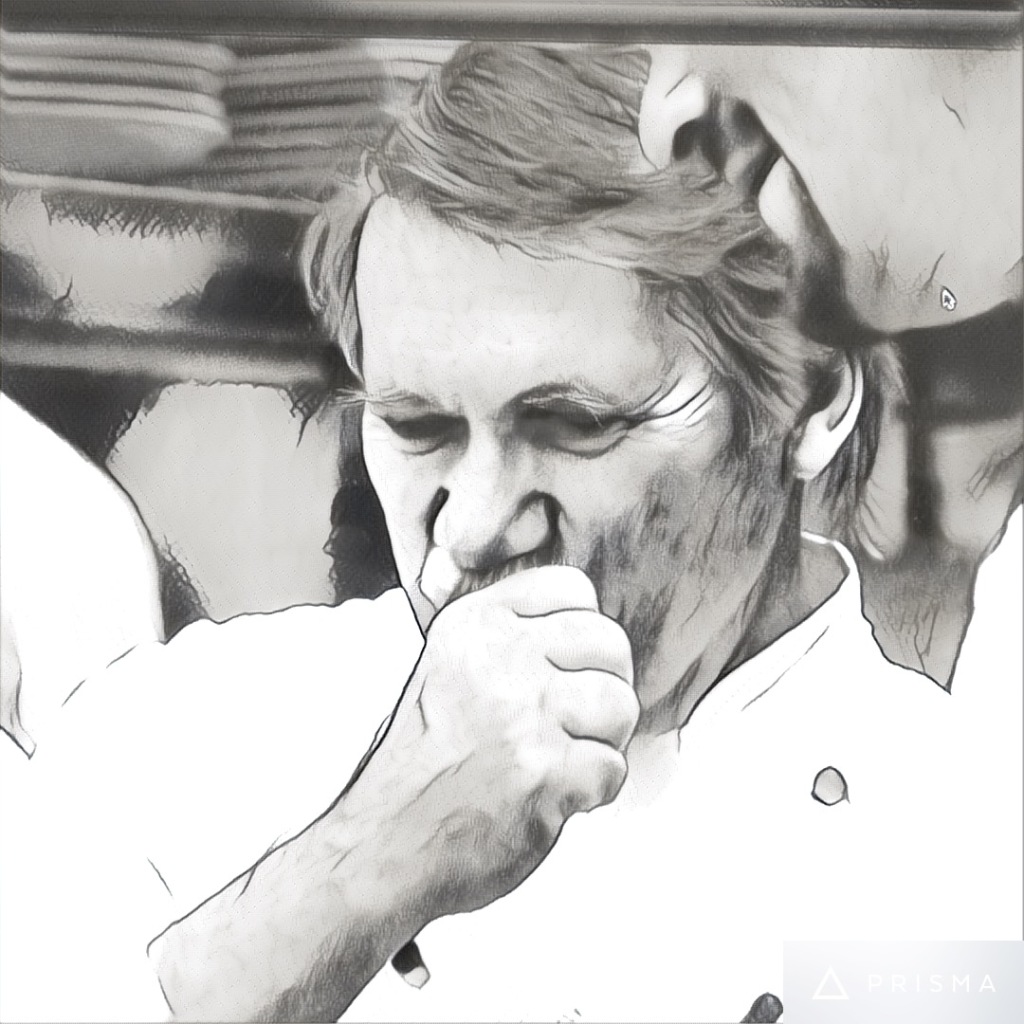
Let’s face it – we are prisoners of our own emotional package. Some of these emotions are visible and some are not; some are more pronounced in certain individuals, and some are barely noticeable in others, but the fact remains that our emotional package can be, and in many cases is: in control.
Chefs, for some reason have a history of wearing their emotions on their sleeves, but I would dare to say that even in the case of the most visible emotional chef there is much that is hidden under the surface. Sometimes, maybe most times, chefs try to keep certain emotions under wraps, hide them so that others will not perceive the chef as weak or vulnerable. At the same time, chefs tend to put more energy into the emotions that they believe will demonstrate strength or power over others. To this end, emotions that we try to control are dangerous and misleading.
It seems that there are just as many theories about what emotions may be part of our physical and mental make-up as there are days in the month, but most who are knowledgeable would agree on six primary emotions: Sadness, Happiness, Fear, Anger, Surprise, and Disgust. What seems a little grey is the emotional triggers behind each of these. Sadness and Happiness as an example are effects of a deeper set of causes. What is clear is that each of these six can be observed in ourselves and others. We can see when a person is sad, happy, angry, afraid, surprised, or disgusted.
Those underlying emotions that lead to the six are the ones that many people, chefs, try to hide.
So, why is it important to look at and talk about these underlying emotions? Simply put – if we can understand what is driving the six, then we might be able to understand, work with, and even help chefs deal with the complexity of their job and thus nurture a more productive and “user-friendly” work environment.
As an example, A chef’s ANGER or SADNESS may be a result of anxiety, confusion, or awkwardness that are ever-present in a chef’s life. Anxiety over the complexity of required job outcomes that include product quality, timing and efficiency, financial performance, personal brand control, dependance on others, etc. Anger over a realization that a kitchen did not meet expectations can often be associated with a realization that the chef failed to properly train or communicate. Lashing out can be a result of not knowing how to admit his or her own shortcomings – anger with oneself turns into pointing the finger at others. So that roller coaster emotional ride that is associated with many chefs is not necessarily who they are, but rather the challenges of the tasks that are before them. Any way that an operator, or co-workers might help to relieve some of these pressures could result in a much better emotional outcome. So, if cooks were fully cognizant of how they impact the cost of operation through minimal waste, portion control, and other efficiencies will help to change the dynamic of anger or sadness that is observed in the chef.
Now, of course, it is part of the chef’s job to train cooks to be conscientious about costs, but you get the general idea. It’s never as simple as saying: the chef is a jerk who can’t control his or her temper: cause and effect.
If you can assume for one moment that most individuals want to be happy, want to be free of fear, and abhor losing their tempers then it could be time to look into a chef’s eyes and seek out the connections to emotions that are kept below the surface. When a person is allowed to bring these emotions to the surface then the results can be very positive. When a chef is shown that expression of these emotions is not a sign of weakness, but rather a sign of strength and a connection to others, then a dramatic change in personality might be the result.
EXCITEMENT in the chef’s success or others who work in the kitchen is natural – celebrate it. ADMIRATION of others who have demonstrated a high level of proficiency or who are stellar examples of humanity is an emotion to be fed. Admiration of others does not signal that the chef is inferior to them, it shows that they recognize what “is” and feed their own soul with the promise of using this as a benchmark for their own performance.
EMPATHIC PAIN and SYMPATHY – feeling another person’s failures or loss, challenges and physical pain is an essential strength of a true leader. EMPATHY and SYMPATHY lead to followership – a necessary component of leadership. It’s OK to feel another’s pain.
NOSTALGIA is an underlying emotion that points to lessons learned, those who helped us along our way, reflections on past pain and how we recovered, and memories that helped to build us into the person we are today. Warm thoughts about our past are a sign that we care and that we learn – nostalgia is an essential part of being human – feed it.
The human mind and spirit are an emotional powder keg – a formula for success or failure. Leaders, if they are to be effective, must try to understand the emotional cocktail that each employee and co-worker drinks, daily, and every follower has a role to play in trying to understand what the chef carries on his or her shoulders. The functioning of a successful team can only be realized when these emotions are understood and embraced.
PLAN BETTER – TRAIN HARDER
Harvest America Ventures, LLC
Restaurant Consulting
www.harvestamericacues.com BLOG
CAFÉ Talks Podcast

Leave a comment